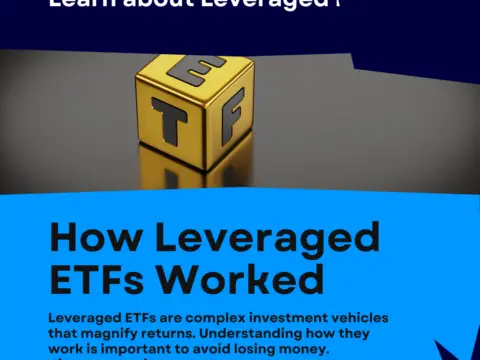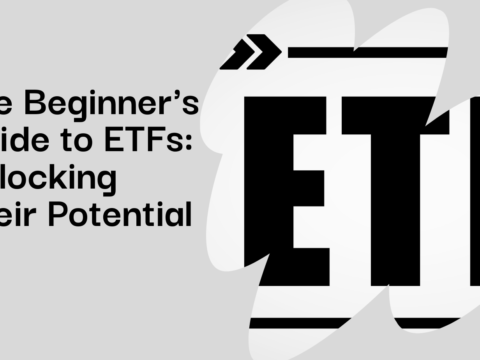Inverse Exchange-Traded Funds (ETFs) offer a unique approach to investing by providing returns that move in the opposite direction of a particular market index. While these financial instruments can be appealing, it’s crucial for investors to weigh the pros and cons before incorporating them into their investment strategy.
Pros of Including Inverse ETFs:
1. Hedging Against Market Declines:
- Portfolio Protection: Inverse ETFs serve as a hedge against market declines. Investors can use these funds to mitigate losses during bear markets, providing a level of protection for their overall portfolio.
2. Profit Opportunities in Bear Markets:
- Inverse Performance in Falling Markets: Inverse ETFs enable investors to profit from declining markets. By taking short positions on specific sectors or indices, investors can capitalize on market downturns.
3. Diversification Strategies:
- Enhanced Diversification: Including inverse ETFs in a portfolio adds an extra layer of diversification. When traditional assets face challenges, inverse ETFs may exhibit gains, contributing to a more balanced investment strategy.
4. Risk Management Tools:
- Strategic Risk Management: Inverse ETFs can be used strategically to manage risk in a portfolio. Investors may allocate a portion of their assets to these funds as part of a risk management strategy.
5. Liquidity and Accessibility:
- Trading Flexibility: Inverse ETFs are traded on stock exchanges, providing investors with liquidity and accessibility. They can be bought or sold throughout the trading day, offering flexibility in implementing investment strategies.
Cons of Including Inverse ETFs:
1. Compounding Effects and Long-Term Holding Risks:
- Compounded Losses: Inverse ETFs are designed to deliver daily inverse returns, which can lead to compounding effects over time. Prolonged holding periods may result in unexpected losses due to daily rebalancing.
2. Not Suitable for Long-Term Investors:
- Long-Term Erosion of Value: Inverse ETFs are primarily designed for short-term tactical use. Long-term investors may face erosion of value due to daily rebalancing, making these funds unsuitable for extended holding periods.
3. Market Timing Challenges:
- Precise Market Timing Required: Successfully using inverse ETFs requires precise market timing. Investors need to accurately predict market declines to optimize returns, making it a challenging strategy for those who cannot consistently time the market.
4. Higher Costs and Fees:
- Expense Ratio Considerations: Inverse ETFs often have higher expense ratios compared to traditional ETFs. The costs associated with managing these funds can erode returns, impacting their attractiveness for cost-conscious investors.
5. Limited Diversification Options:
- Sector and Index Limitations: The availability of inverse ETFs may be limited to specific sectors or indices. This lack of broad diversification options can restrict investors from fully implementing a diversified strategy using these funds.
Conclusion: Strategic Considerations in Inverse ETFs
Including inverse ETFs in an investment strategy requires a nuanced understanding of their benefits and challenges. While these financial instruments offer unique opportunities for hedging and tactical positioning, investors must carefully assess the risks, costs, and the suitability of inverse ETFs based on their investment goals and time horizon. Strategic consideration, market expertise, and a well-defined risk management approach are crucial elements for those navigating the ups and downs of including inverse ETFs in their investment strategy.




